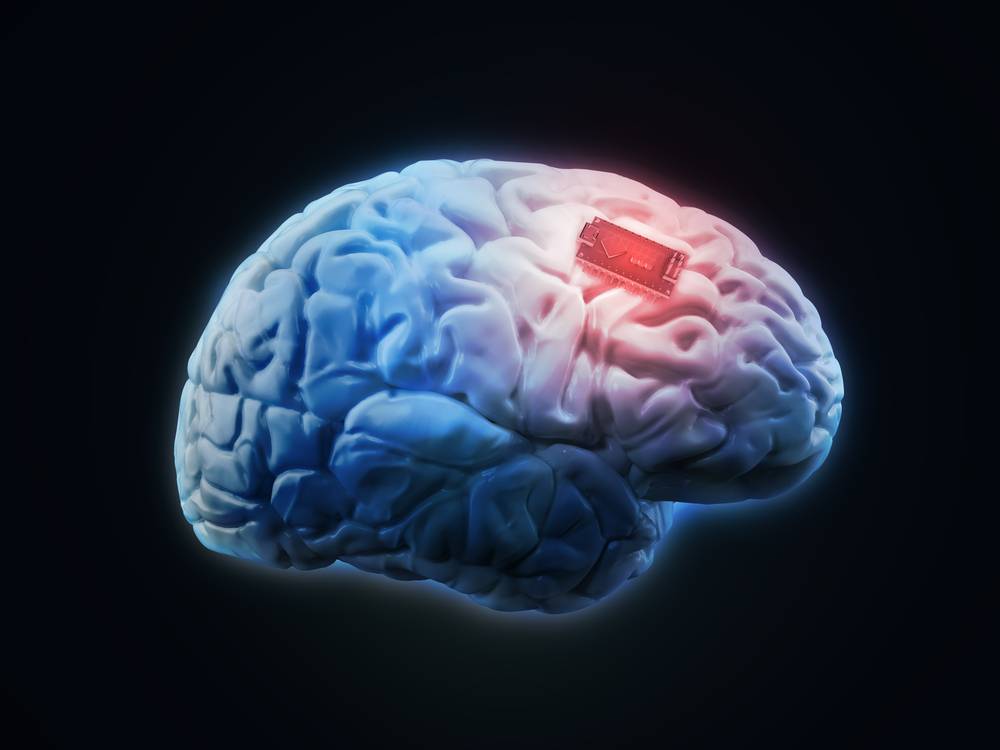The developers of an implant that can restore functionality to paralyzed limbs received $ 16 million

The National Science Foundation has provided a $ 16 million grant to the Center for Sensorimotor Neural Engineering at the University of Washington. Funding has been provided by a team of developers of the latest technology to restore the functionality of paralyzed limbs.
The technology allows to solve the problem of spinal cord injuries when an electrical signal is not transmitted to the limbs, since the integrity of the conductive tissue is impaired. According to scientists involved in the development of new technology, their implant is a bridge that transmits signals from the sender (brain) to the receiver (limb).
The devices that are currently being worked on are known as bi-directional brain-computer interfaces. The idea isthat one of the devices implanted in the brain records and decodes the signals generated there. After that, the signal is transmitted to another device implanted in the right place, and the limb receives this signal. Thus, the functionality of the arms and legs of a person is restored.
The Center itself is a joint project in which the University of Washington, MIT, and San Diego State University take part. In addition to the implants already described, the Center’s specialists are working on the creation of devices that stimulate the brain of a patient with Parkinson’s disease. The technology can reduce tremor, as well as significantly level other physiological manifestations of the disease.
As for systems for paralyzed people, here scientists are working on the creation of complex algorithms that will correctly interpret brain signals by transmitting "decryption" to the nervous system of the limb. The algorithm must be accurate enough to avoid situations when a person wants to do something with his right hand, and the left is activated. Scientists also want to find a reliable way to charge their system wirelessly to save the patient from having to replace devices with a dead battery (this is usually done by the surgeon).
Scientists hope to demonstrate their achievements in five years. After that, FDA approval is required so that the systems can be used already under normal conditions.
